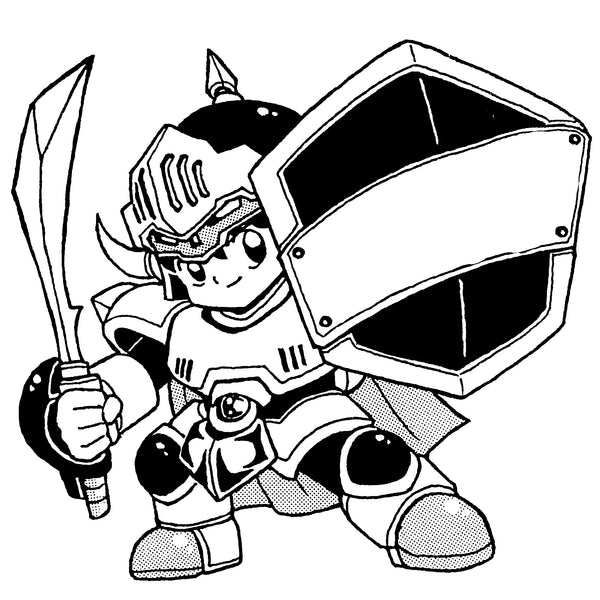Part 1: The Champion of the Arcades Comes Home

While Nintendo, as a "toy company," had a philosophy of delivering smiles to the home, another company reigned as the absolute "champion" on the battlefield known as the arcade. Its name was Sega. "Thrill" and "speed" were their hallmarks, with titles like Space Harrier and Out Run.
They had one simple, impossibly reckless dream: "To bring the excitement of the arcade directly into the home, without spilling a single drop." That pure dream crystallized into one black machine. That was the Mega Drive.
Part 2: Black, the Color of Defiance

In 1988, the Mega Drive appeared. In contrast to Nintendo's friendly "red and white" Famicom, the Mega Drive was a cool, solid "black." Proudly emblazoned with "16-BIT," it was a clear challenge to the 8-bit champion.
Its design was no longer that of a "toy," but a sophisticated "machine." This black chassis captured the hearts of teenagers who wanted to feel a bit more grown-up. It presented a new value: not a "Famicom for the whole family," but a "special machine, just for me."
Part 3: The Scream of FM Synthesis, the Sound of an Era

The "coolness" of the Mega Drive wasn't just visual; its "sound" also defined the era. While Nintendo composed warm, catchy melodies, the Mega Drive's "FM Synthesis" excelled at hard, metallic, aggressive sounds. It was "music to fight to," tuned to raise players' heartbeats amidst the arcade din.
However, looking back on their battle after time has passed, we realize another truth. Perhaps it's like the difference between the Beatles and the Rolling Stones. Back then, they might have sounded like completely different music, but today, we see them as the same great rock 'n' roll that defined an era.
In the end, both Nintendo and Sega were single-mindedly pursuing "good-tempo games that are still fun to play now." Though their forms of expression were different, their "dedication" and passion for making games was their common language.
(To be continued in Part 2: The 16-BIT War, and the Path to Legend)
